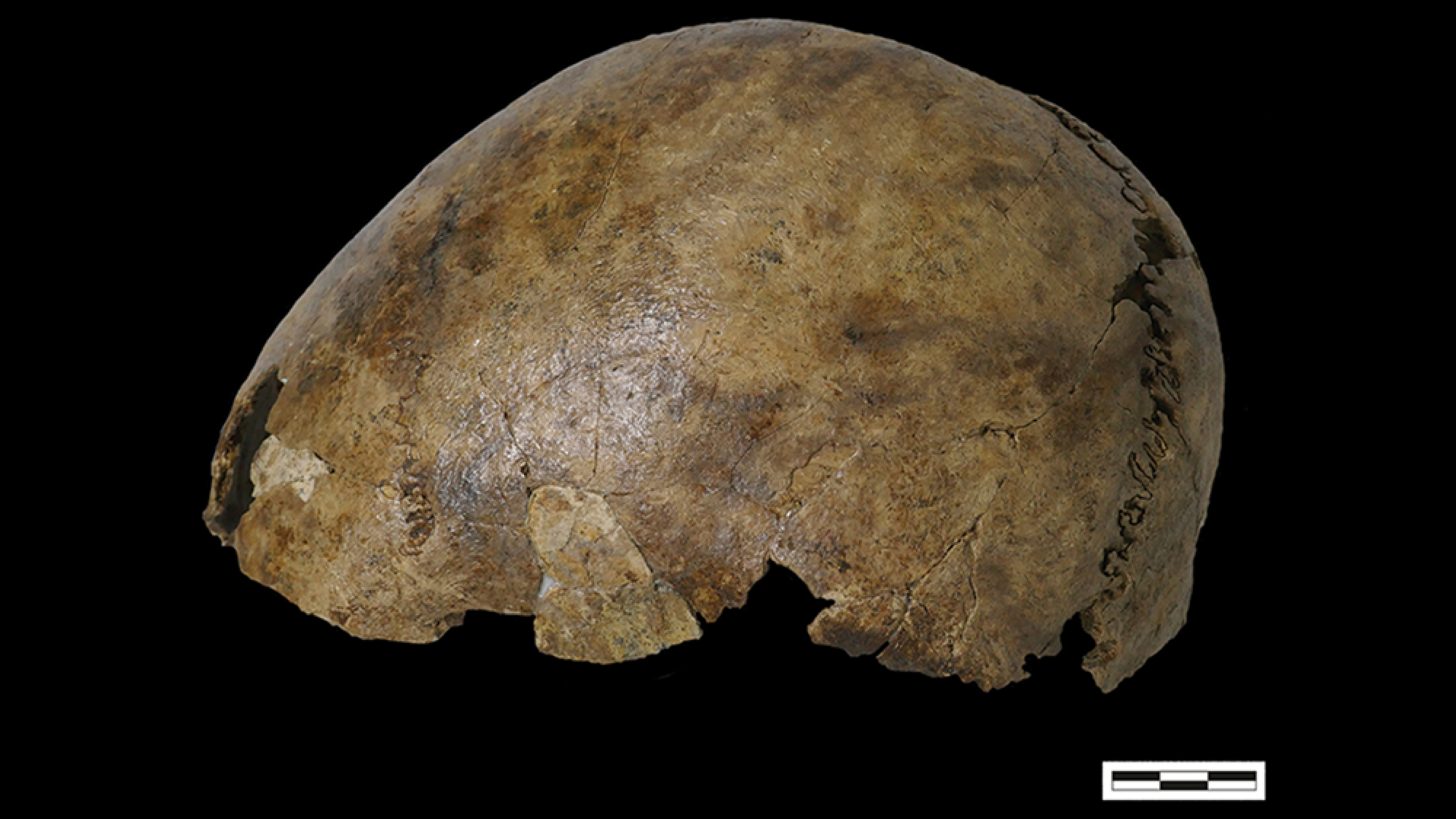Pharmaceutics, Vol. 15, Pages 1696: Preparation and Evaluation of Inhalable Amifostine Microparticles Using Wet Ball Milling
Pharmaceutics doi: 10.3390/pharmaceutics15061696
Authors: Jae-Cheol Choi Ji-Hyun Kang Dong-Wook Kim Chun-Woong Park
The conventional dosage form of Ethyol® (amifostine), a sterile lyophilized powder, involves reconstituting it with 9.7 mL of sterile 0.9% sodium chloride in accordance with the United States Pharmacopeia specifications for intravenous infusion. The purpose of this study was to develop inhalable microparticles of amifostine (AMF) and compare the physicochemical properties and inhalation efficiency of AMF microparticles prepared by different methods (jet milling and wet ball milling) and different solvents (methanol, ethanol, chloroform, and toluene). Inhalable microparticles of AMF dry powder were prepared using a wet ball-milling process with polar and non-polar solvents to improve their efficacy when delivered through the pulmonary route. The wet ball-milling process was performed as follows: AMF (10 g), zirconia balls (50 g), and solvent (20 mL) were mixed and placed in a cylindrical stainless-steel jar. Wet ball milling was performed at 400 rpm for 15 min. The physicochemical properties and aerodynamic characteristics of the prepared samples were evaluated. The physicochemical properties of wet-ball-milled microparticles (WBM-M and WBM-E) using polar solvents were confirmed. Aerodynamic characterization was not used to measure the % fine particle fraction (% FPF) value in the raw AMF. The % FPF value of JM was 26.9 ± 5.8%. The % FPF values of the wet-ball-milled microparticles WBM-M and WBM-E prepared using polar solvents were 34.5 ± 0.2% and 27.9 ± 0.7%, respectively; while the % FPF values of the wet-ball-milled microparticles WBM-C and WBM-T prepared using non-polar solvents were 45.5 ± 0.6% and 44.7 ± 0.3%, respectively. Using a non-polar solvent in the wet ball-milling process resulted in a more homogeneous and stable crystal form of the fine AMF powder than using a polar solvent.

 1 year ago
28
1 year ago
28


